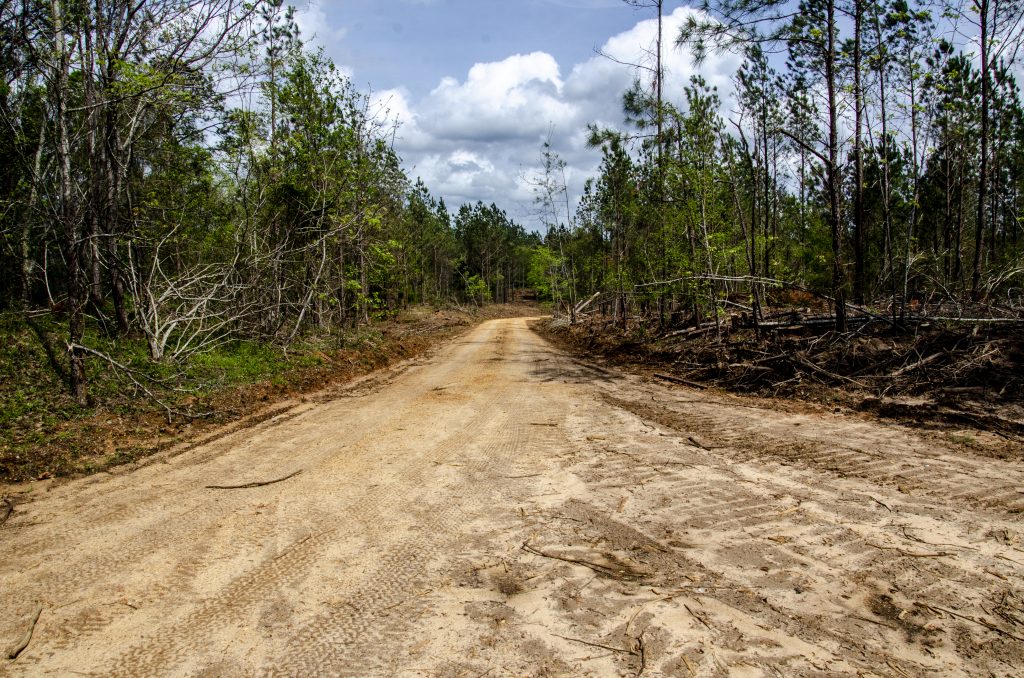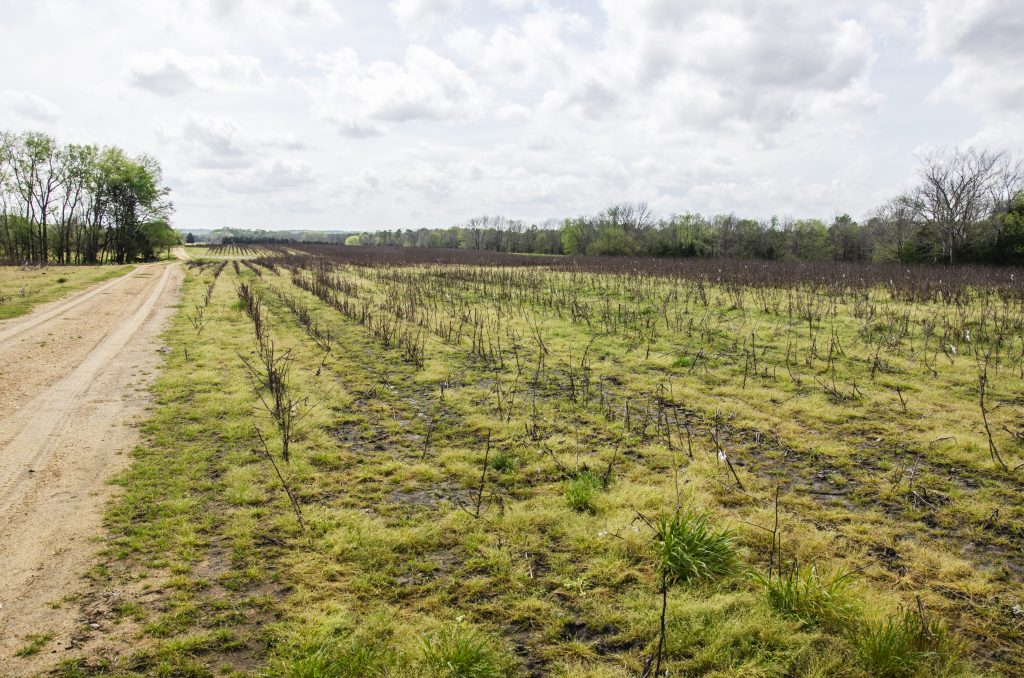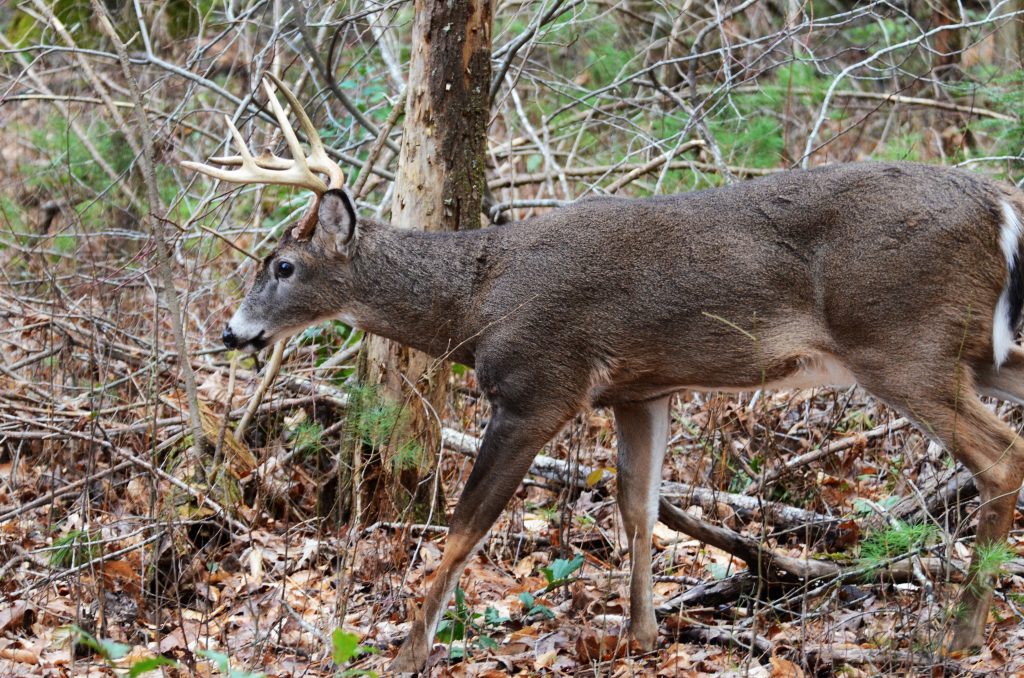It has been said that, “If you don’t know where you are going then any road will take you there”, and that old adage pretty much holds true when it comes to habitat management planning for your property.
That all important written habitat property management plan is not a quick and easy job. It is a balance between what you, as a landowner, want, what you need and all of that is based on what is best for your specific property. In order to do it right, depending on your objectives it may entail utilizing a wildlife biologist, a forester, different contractors to handle timber, food plot planning, etc. and requiring a number of participants to tie it all together. It also needs to be decided and firmed up well in advance of implementation.
Brian Shepherd is president of Brush Clearing Services, a company that works hand in glove with property owners to implement habitat management plans and provides a number of services to help property owners realize their goals.
“You need to put together a team prior to implementing anything on your property because we’re (BCS) at our best when we are working closely with a landowner, a biologist and/or a forester,” Shepherd said. “We have a plan in place, have the maps and we know exactly what we are going to do prior to us going in and doing it and it makes our job so much easier. We know we are doing what the doctor prescribed and are doing what is right for the resource and the objectives of the landowner as well.”

As one goes through life, circumstances, situations and objective change, what seems to be important today suddenly isn’t that important a few years down the road and other priorities arise. It is important for landowners to keep “fluid” in terms of managing their property. That may be clear cutting, selective cutting, mulching or a plethora of other services and that is where BCS comes into the loop. What they think they need today may be not what they actually need, now or down the road.
Shepherd shared an example of a landowner with a significant tract who had a stand of 70-foot-tall pine which were preventing any sunlight from penetrating the forest floor and basically creating a “biological desert”. He wanted to use mulchers to make it look good aesthetically but that mulching would have left a “biomass” of between six to twelve inches thick which defeats the whole purpose allowing sunlight to penetrate the forest floor and new growth to occur.

“We immediately got our habitat specialist involved and he went in and cruised the entire property and put together a five-year habitat management plan, mapped it out completely and the timber company came in and cut all of the fuel load out and removed it from site,” Shepherd said. “We came in with our mulchers and cleaned up the leftover tops and stumps and got the soil disturbance we wanted and got immediate response from the good grasses and weeds we wanted to release.”
“This is a prime example of what a landowner thought he wanted versus what really needed to happen in order to meet his objectives but also to do what was best for the environment,” Shepherd added.
Shepherd pointed out that managing your land is somewhat of a juggling and balancing situation depending on the size of your property and your management goals.
For example, if you are solely interested in timber production and creating wildlife habitat is way down the line of priorities, that calls for a totally different management plan then if you are trying to accomplish both a commercial goal and maintain healthy wildlife habitat. The size of property also comes into the mix.
“If you are wanting to do both habitat and produce an income from your property it definitely can be done,” Shepherd noted. “You have to remember that when we lay out these habitat plans we treat a piece of property like grandma’s quilt and we want different stages of timber and different age classes and successional growth.”

“The size of the property has a lot to do with it. Realistically how much can you do with 100 acres to achieve both and you may be limited. You can still grow some timber on it and also concentrate on wildlife and habitat but you are not going to get the timber production return,” Shepherd said.
Shepherd stresses the importance of “getting boots on the ground” and not only walking the property but getting into the meat of the deal and putting together an inventory of the property’s assets. The extension of that is a plan and may be three, five or more years out and Shepherd pointed out that landowners shouldn’t be frustrated if they don’t have the number of financial resources to do everything within the time that they want to.
“Remember you are developing a piece of God’s creation and trying to maintain and manage it and you want to take your time and slow and steady wins the race,” Shepherd said. “You really don’t know what you have until you have a plan in place and just because you have a plan doesn’t necessarily mean you have to build that house tomorrow.”
Shepherd explained that when you take the plunge to develop a habitat plan, that means having a habitat specialist, habitat biologist or forester who is going to inventory your property. That means identifying classes of timber, ages and you will know how much bottomland hardwood, upland hardwood and pine and everything will be compartmentalized and give an estimate as to the dollar value of the assets. That allows you to determine, based on the analysis, the best management plan to implement for whatever the terms is and it gives you an idea of potential revenue during that term.
“That’s when you can start really breaking down and peeling back layers to determine what your starting point is to maximize habitat, wildlife and timber,” Shepherd said. “So at least the landowner will have an idea going forward, of possible future income coming out of this that can go back into his habitat plan and make wildlife management improvements going forward.”
Contact Information
Brush Clearing Services
Pine Mountain Georgia 31822
706l-718-1690




